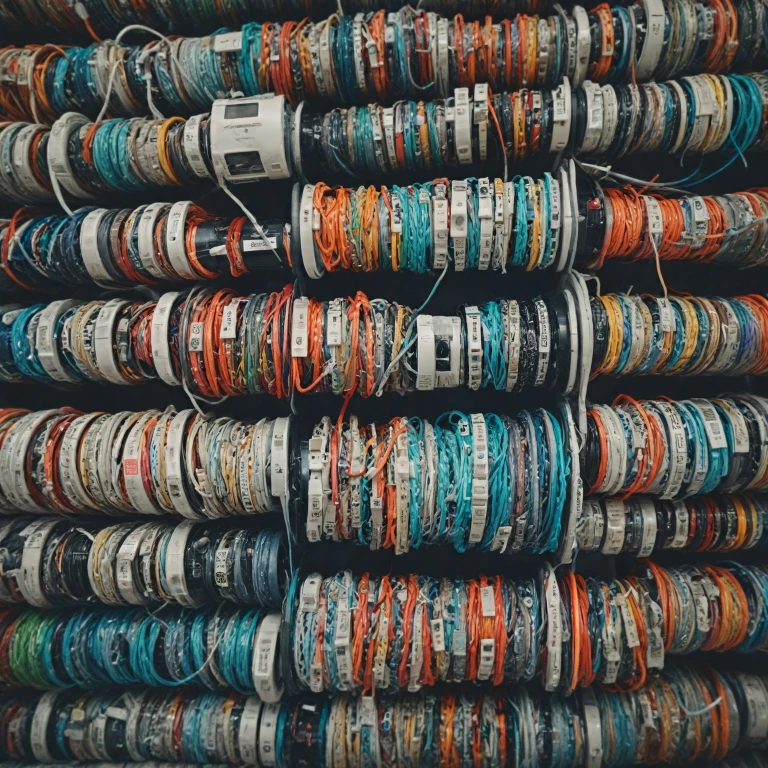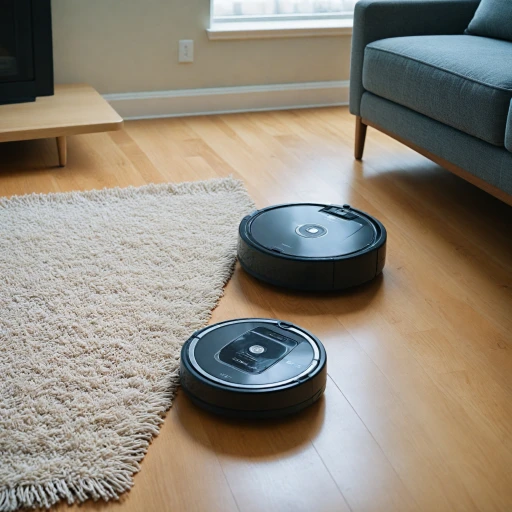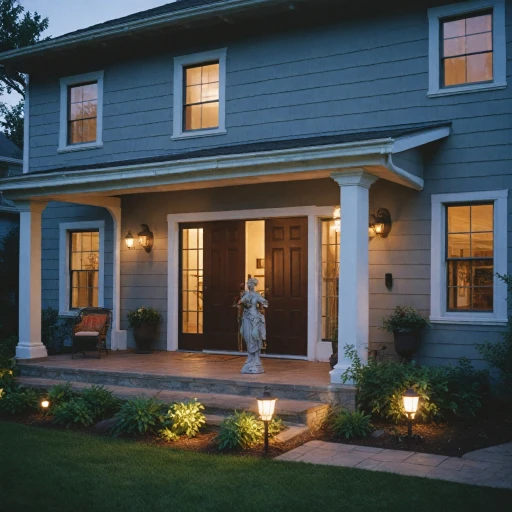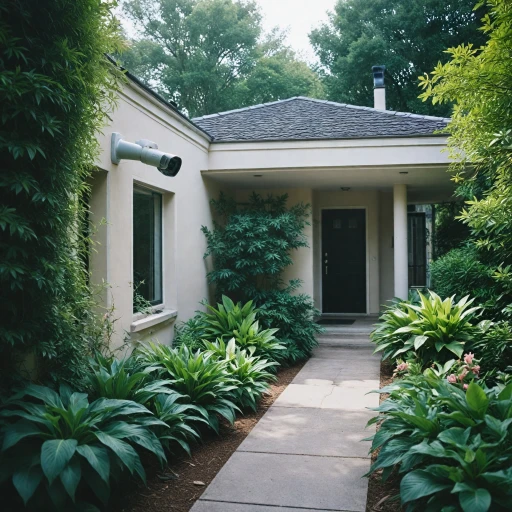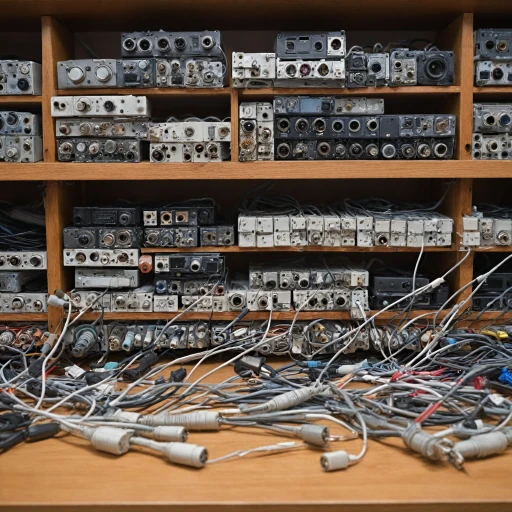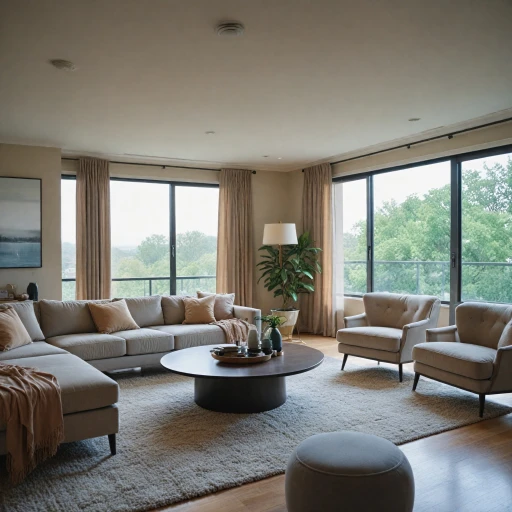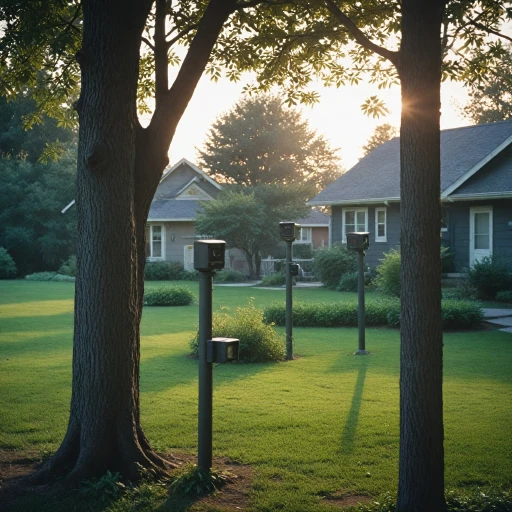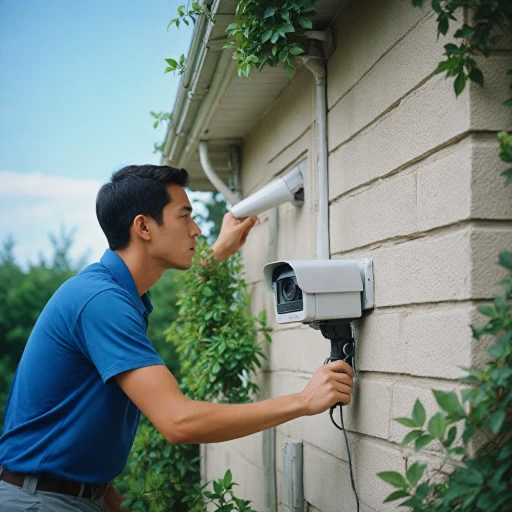
The Role of Cables in Surveillance Systems
Surveillance systems form the backbone of a comprehensive home security setup. Although much attention is often centered around the cameras themselves, it's crucial not to overlook the critical role that cables play in these systems. These hidden yet indispensable components ensure the flow of power and data between the camera and the recording device, acting as the vital link that enables the whole system to function seamlessly.
One cannot underestimate the significance of home security camera cables in achieving optimal performance. They are responsible for maintaining the quality of the video feed, providing necessary power to the cameras, and ensuring reliable connectivity in the network. Security camera systems typically utilize a variety of cables, including coaxial cables, ethernet cables like Cat 5 and Cat 6, and specialized siamese cables, which combine video and power transmission into a single line.
Choosing the correct type of cable, be it coaxial, network, or siamese, depends on the specific requirements of your security system. Using inappropriate cables can lead to poor video quality, connectivity issues, or even damage to the system components. For instance, BNC connectors are commonly used with coaxial cables in CCTV camera configurations, whereas cat cables are typically employed in IP camera setups.
Understanding the diverse range of camera cables and their specific functions is fundamental for both installation and maintenance. Proper cable management, including the selection and layout of cables, is essential for avoiding interference, ensuring long-term durability, and maximizing the performance of your security cameras.
Types of Surveillance Camera Cables
{Key Cable Types for Your Surveillance Setup
When configuring a security camera system, understanding the different types of video power cables is crucial to ensure seamless communication and power supply. Here's a concise look at commonly used surveillance camera cables:
- Coaxial Cable: This traditional option is frequently employed in analog CCTV cameras. Known for its ability to transmit video signals effectively, coaxial cable is often paired with BNC connectors, which offer a secure connection for video output in your security system. Keep in mind, coaxial cable requires a separate power cable to energize the cameras.
- Ethernet Cable: For IP camera systems, network cables like Cat5e or Cat6 are integral. Known as Ethernet cables, they facilitate both video transmission and power supply when coupled with Power over Ethernet (PoE) technology. This dual-purpose capability simplifies camera wiring significantly.
- Siamese Cable: If you're working with CCTV systems, siamese cables provide a dual-channel design that houses both video and power cables. This makes the cable wiring less cumbersome and more efficient. Siamese cables are favored for installations where BNC connectors are used for video.
Choosing the right cable for your security camera system can greatly impact performance and reliability. For a more comprehensive understanding of how cables enhance your surveillance installations, exploring specific cable capabilities and technologies is highly recommended.
Choosing the Right Cable for Your Needs
Selecting the Best Cable for Your Surveillance System
The choice of camera cables plays a critical role in ensuring the effectiveness and reliability of your security system. Different cables are suited to specific applications, and understanding the options available is key to making an informed decision. Whether you are setting up a CCTV system for your home or business, choosing appropriate security camera wiring can be a make-or-break decision in terms of system performance.
When selecting the right cable, several factors need consideration:
- Type of Camera: Depending on whether you're using analog or IP cameras, you'll either need a coaxial cable (such as RG59 or RG6) commonly used for CCTV cameras, or Ethernet cables like Cat5e, Cat6, or higher, suitable for network cameras.
- Power Requirements: Siamese cables are popular as they combine video and power cables, effectively serving dual purposes to carry both signals. This makes installation easier and reduces clutter, although separate power cables might be needed for other types of setups.
- Distance and Environment: Coaxial cables are often favored for shorter distances; however, for setups needing longer cable runs, Ethernet cables are recommended due to their capacity to handle data over extensive ranges. Additionally, the environmental conditions should influence your choice; opt for cables and connectors rated add for outdoor use if exposure to weather conditions is anticipated.
- Quality and Compatibility: Ensure the cables are compatible with your existing security camera systems and invest in high-quality options to avoid frequent maintenance issues and ensure longevity. BNC connectors are typically used with coaxial cables, while RJ45 connectors are essential for Ethernet cables.
To sum up, investing in the right cable can enhance your security system's efficiency, and help you seamlessly add video capabilities to your surveillance network. By taking into account the above factors, you're better equipped to equip your property with a robust and reliable surveillance solution.
Installation Tips for Surveillance Camera Cables
Installation Best Practices for Surveillance Camera Wiring
Installing surveillance camera cables is a crucial aspect of setting up your security system. Proper installation ensures optimal performance, reliability, and longevity of your security setup. Here, we'll cover some essential tips to guide you through the process.- Plan Your Cable Routes: Before commencing installation, plan the routes where the camera wiring will pass. This includes identifying entry and exit points, avoiding areas with potential wear and tear, and maintaining distance from high electrical interference sources.
- Choose Appropriate Cable Types: Depending on the specific needs of your security system, whether using coaxial, ethernet, or siamese cables, choose a suitable type for each application. Factors such as the distance from cameras to the recording equipment and the need for power delivery will guide this choice.
- Use Cable Management Solutions: Employ cable management products like cable trays or conduits to secure your camera cables, reducing clutter and minimizing the risk of tangling or damage. This also helps in maintaining the aesthetic of the premises.
- Ensure Proper Connectors and Connections: Utilize the correct connectors, such as BNC connectors for coaxial cables and RJ45 jacks for cat cables. Make sure all connections are secure to avoid signal loss or poor video quality.
- Secure Power Supply: If you're using siamese or other power cables, ensure they are connected to a stable power source. This is critical for maintaining consistent operation of your security cameras.
- Weatherproof Outdoor Installations: For outdoor security camera systems, cables should be weatherproofed to prevent damage from moisture or temperature changes. Use weather-resistant materials and seal any outdoor connections properly.
Maintaining and Troubleshooting Cables
Ensuring Your Cables Remain in Top Condition
Maintaining your surveillance camera cables is crucial for optimal functioning of your security system. Consistent upkeep can prevent potential issues before they become bigger problems. Regular checks on the camera cables ensure sustained performance, allowing you to address wear and tear that may occur over time.
Common Cable Issues to Monitor
Several common issues can arise with surveillance system cabling, including exposure to harsh weather, interference, and physical damage. Watch out for frayed wires or cracked insulation in your coaxial cables or any network cable you use. Corrosion, especially in the connectors, can also disrupt the connection. It is important to regularly inspect security camera wiring to mitigate these risks.
Troubleshooting Connectivity Concerns
- Check your BNC connectors and cables connectors for any loose connections. Securely fasten them to both the camera and power source.
- If experiencing signal interruptions, verify that your ethernet or coaxial cable is properly connected and not damaged.
- Ensure there is no interference from high-power electrical devices that may affect the performance of your security cameras.
- Assess the quality of your siamese cable setup, ensuring that both the video and power sections are free from damage.
Prolonging Cable Longevity
To extend the lifespan of your surveillance system's cabling, use durable and high-quality materials designed for outdoor or indoor use based on your specific needs. Use network rated cables like cat cables for effective cctv camera setups. Consider using siamese cables for combined power and video transmission, reducing the number of cables and streamlining maintenance.
Regularly dust off and clean your camera wiring to prevent debris from blockading connections. Additionally, protect your security system layout by using reliable wiring solutions that can withstand harsh environmental conditions.
Future Trends in Surveillance Camera Cabling
Advancements in Surveillance Cabling Technology
The future of surveillance camera cabling is evolving, driven by the need for more efficient and high-performance connections. With the rise of smart home security systems, the demand for robust cable solutions has never been more critical. The integration of cat cables and ethernet cables is particularly noteworthy as they provide both data and power transmission over a single cable, streamlining camera systems installation.
Innovations in Cable Design
Traditional cables like coaxial cable with bnc connectors and siamese cables are still widely used due to their reliability. However, recent advancements in network cable technologies, such as high-speed cat cable, are gaining traction. These cables support large video data transfers while powering the cameras, making them ideal for cctv cameras and modern security systems.
Improved Connection and Flexibility
The push for more flexible and customizable cabling solutions is also reshaping the landscape. Options like modular cable systems that utilize interchangeable connectors offer simplicity and adaptability for various security needs. These systems allow security camera installations without the hassle of complex camera wiring, making it easier to add cart such solutions based on specific security requirements.
Technological Integration for Enhanced Security
Several manufacturers are working on integrating smart technology into traditional cable systems. This integration facilitates automated monitoring of video power supply and ensures continuous surveillance even in network disruptions. Although the technology for "rated add" advanced cables is still emerging, it's clear that these innovations will continue to enhance the reliability of camera systems.

